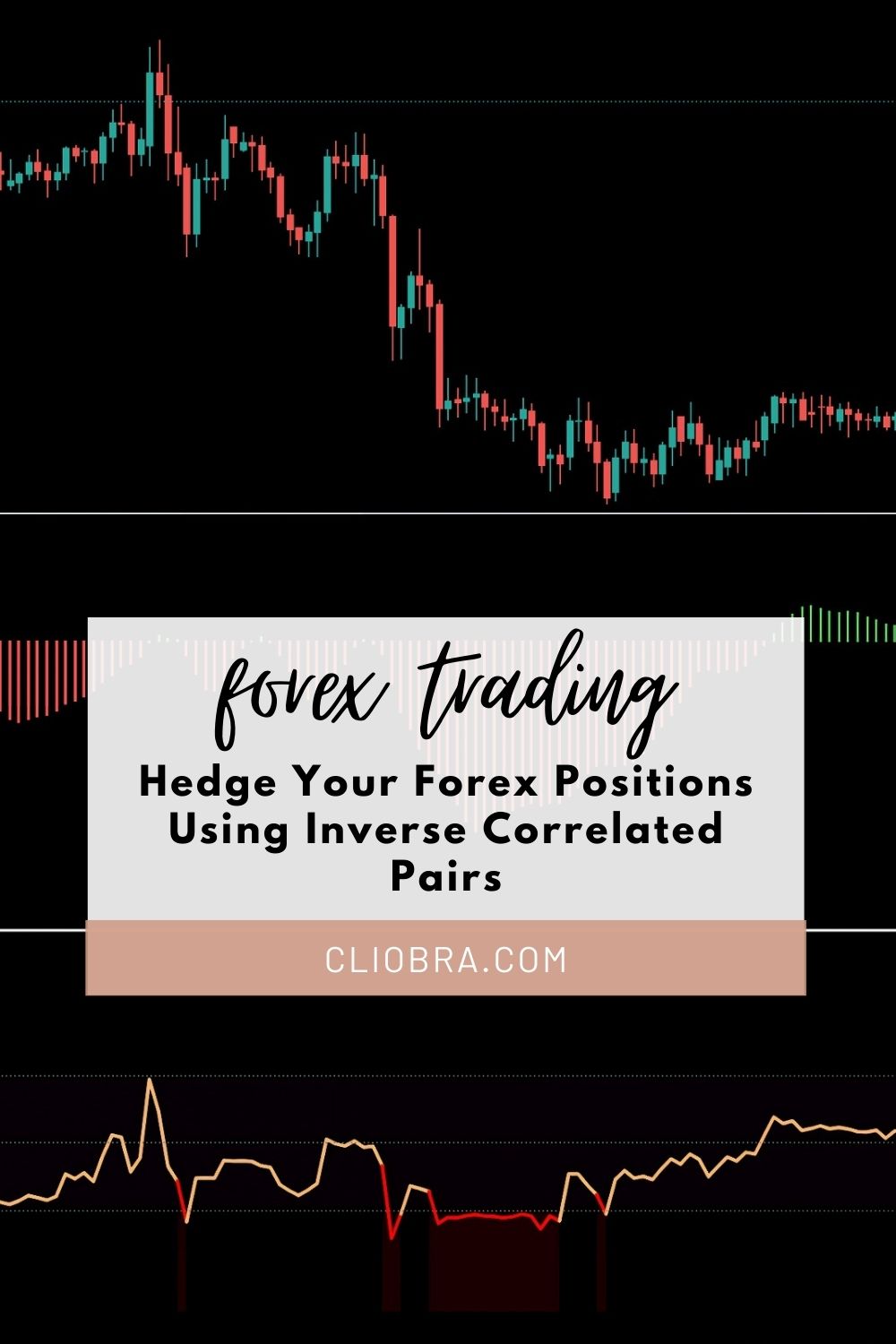Last Updated on March 29, 2025 by Arif Chowdhury
Why Most Traders Blow Their Accounts 💥
As a seasoned Forex trader since 2015, I’ve watched countless traders get wiped out.
The #1 killer? Not understanding correlation.
You think you’re diversified with 5 different positions, but they’re all moving in lockstep.
When the market shifts, your entire portfolio tanks simultaneously.
According to research by the Bank of International Settlements, approximately 75% of retail forex traders lose money in any given year – largely due to poor risk management strategies.
Let me show you how to fix this before it ruins you.
What Are Inverse Correlated Pairs? 🔄
Inverse correlation means when one currency pair goes up, another goes down.
Think of EUR/USD and USD/CHF.
When the dollar strengthens against the euro, it typically strengthens against the Swiss franc too.
But here’s the key – the EUR/USD goes down while USD/CHF goes up.
This relationship isn’t perfect, but it’s consistent enough to build a hedging strategy around.
A study by the Journal of Financial Markets found that EUR/USD and USD/CHF maintained an average correlation of -0.85 over the past decade, making them one of the most reliable inverse pairs for hedging.
The Most Reliable Inverse Pairs to Trade 📊
Not all inverse correlations are created equal.
These pairs have proven most reliable:
- EUR/USD & USD/CHF (strongest inverse relationship)
- GBP/USD & USD/JPY (moderate inverse relationship)
- AUD/USD & USD/CAD (commodity-influenced inverse relationship)
The strength of these correlations varies over time.
That’s why my approach involves constant monitoring of correlation coefficients.
How to Set Up Your First Hedged Position 🛡️
Let’s break this down into simple steps:
- Identify your primary trading pair
- Find its inverse correlated partner
- Calculate appropriate position sizing
- Open positions in opposite directions
- Monitor and adjust as needed
For example, if you’re bullish on EUR/USD, go long EUR/USD and simultaneously short USD/CHF.
The magic happens when the market moves against your primary position – your hedge acts as insurance.
The Position Sizing Formula That Protects Your Capital 💰
Most traders get this wrong.
They open equal-sized positions across pairs, not accounting for different volatilities.
Instead, use this approach:
Position size on second pair = (Position size on first pair × Average daily movement of first pair) ÷ Average daily movement of second pair
This balances your exposure across both instruments.
My Secret Weapon: Algorithmic Hedging 🤖
After years of manual hedging, I discovered something better.
I developed a suite of 16 trading bots that automatically manage correlated pairs.
These algorithms constantly monitor the EUR/USD, GBP/USD, USD/CHF, and USD/JPY relationships, executing precision hedges without emotion.
Each currency pair has 3-4 specialized bots, all operating on H4 timeframes for capturing substantial 200-350 pip moves.
I’ve backtested these systems across 20 years of market data, including major crashes and black swan events.
Want to see these algorithms in action? Check out my trading bot portfolio here. I’m currently offering this entire EA suite completely FREE.
Advanced Hedging Techniques for Serious Traders 🧠
Once you master basic hedging, consider these advanced strategies:
- Multi-pair correlation baskets (grouping 3-4 pairs with mixed correlations)
- Time-based correlation shifting (accounting for how correlations change during different sessions)
- Fundamental override rules (suspending algorithmic hedging during major news events)
Remember: sophisticated hedging isn’t about avoiding all risk – it’s about controlling which risks you take.
Choosing the Right Broker for Hedging 🏛️
Your broker selection can make or break your hedging strategy.
You need:
- Tight spreads (crucial for correlated pair trading)
- No restrictions on hedging
- Fast execution
- Low overnight fees
I’ve personally tested dozens of brokers and compiled a list of the ones that best support correlation-based strategies. See my recommended forex brokers here.
Final Thoughts: The Edge Most Traders Never Find 🔍
Statistics show that only about 6% of forex traders achieve consistent profitability over five years or more.
The difference? Systematic risk management through techniques like correlation hedging.
This isn’t just theory – I’ve built my entire trading approach around these principles.
The market will always be unpredictable, but with proper hedging, you can profit regardless of direction.
Remember: “The goal isn’t to win every trade – it’s to win the trading game.”
Start implementing these strategies today, and you’ll immediately notice the difference in your portfolio’s stability.
